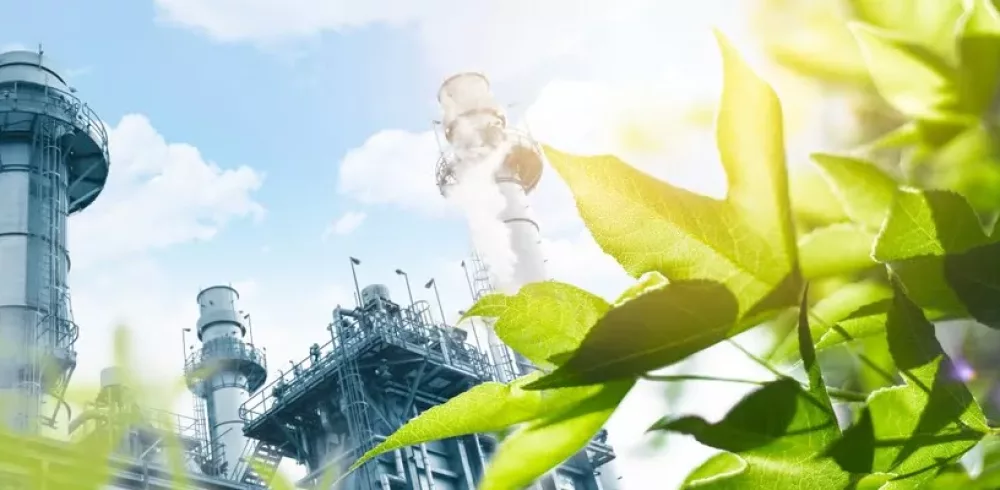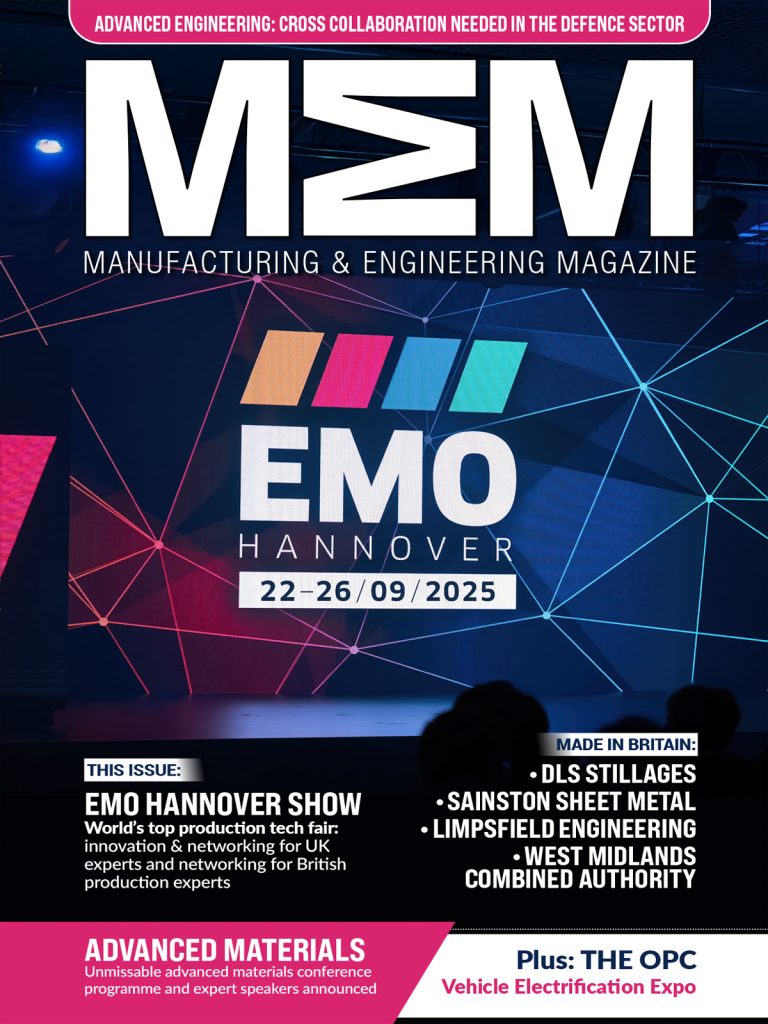Designing a Sustainable Factory: Building the Future of Manufacturing
In today’s world, sustainability is more than just a buzzword; it’s a responsibility. Industries, including manufacturing, are increasingly recognizing the importance of eco-conscious practices. One significant stride in this direction is the concept of designing a sustainable factory. Let’s delve into what it entails and why it’s crucial for the future of manufacturing.
What is a Sustainable Factory?
A sustainable factory, also known as a green or eco-friendly factory, is a manufacturing facility that prioritizes environmental responsibility throughout its design, construction, and operations. It seeks to minimize its environmental footprint while maximizing efficiency and profitability. Such factories aim to achieve a harmonious balance between production needs and environmental preservation.
Why is Sustainability Important in Manufacturing?
- Reduced Environmental Impact: Sustainable factories minimize waste, energy consumption, and emissions. This translates into a reduced ecological footprint and a lower impact on surrounding ecosystems.
- Resource Efficiency: Sustainable design often incorporates resource-efficient practices, such as recycling and reusing materials, reducing water consumption, and optimizing energy usage. This helps conserve valuable resources for the long term.
- Cost Savings: Sustainable factories can lead to substantial cost savings through reduced energy bills, fewer material losses, and improved operational efficiency. These savings can be reinvested in further sustainability efforts.
- Regulatory Compliance: Governments worldwide are imposing stricter environmental regulations. Sustainable factories are better positioned to comply with these regulations, avoiding penalties and legal issues.
Key Aspects of Designing a Sustainable Factory
- Site Selection: Choose locations with minimal environmental impact, considering factors like local ecosystems, water sources, and transportation logistics.
- Energy Efficiency: Implement energy-efficient technologies and renewable energy sources like solar panels and wind turbines to power the factory.
- Water Management: Design systems for efficient water use, recycling, and treatment to minimize water waste and pollution.
- Waste Reduction: Incorporate practices like lean manufacturing to reduce waste generation and improve material efficiency.
- Green Materials: Use sustainable and recyclable materials in construction and manufacturing processes.
- Optimized Logistics: Reduce transportation emissions by optimizing supply chain logistics and using electric or hybrid vehicles.
- Employee Well-being: Create a healthy and comfortable working environment for employees, promoting well-being and productivity.
- Continuous Improvement: Sustainability is an ongoing process. Regularly assess and improve factory operations to align with evolving environmental standards and technologies.
The Future of Manufacturing
As sustainability becomes a core value in manufacturing, designing sustainable factories is not just an option; it’s an imperative. It’s the path to a more responsible, efficient, and profitable future for the industry. By embracing eco-friendly practices and technologies, factories can reduce their environmental impact, cut costs, and contribute to a healthier planet. Designing a sustainable factory isn’t just a choice; it’s a commitment to a better future for all.
Manufacturing & Engineering Magazine | The Home of Manufacturing Industry News














